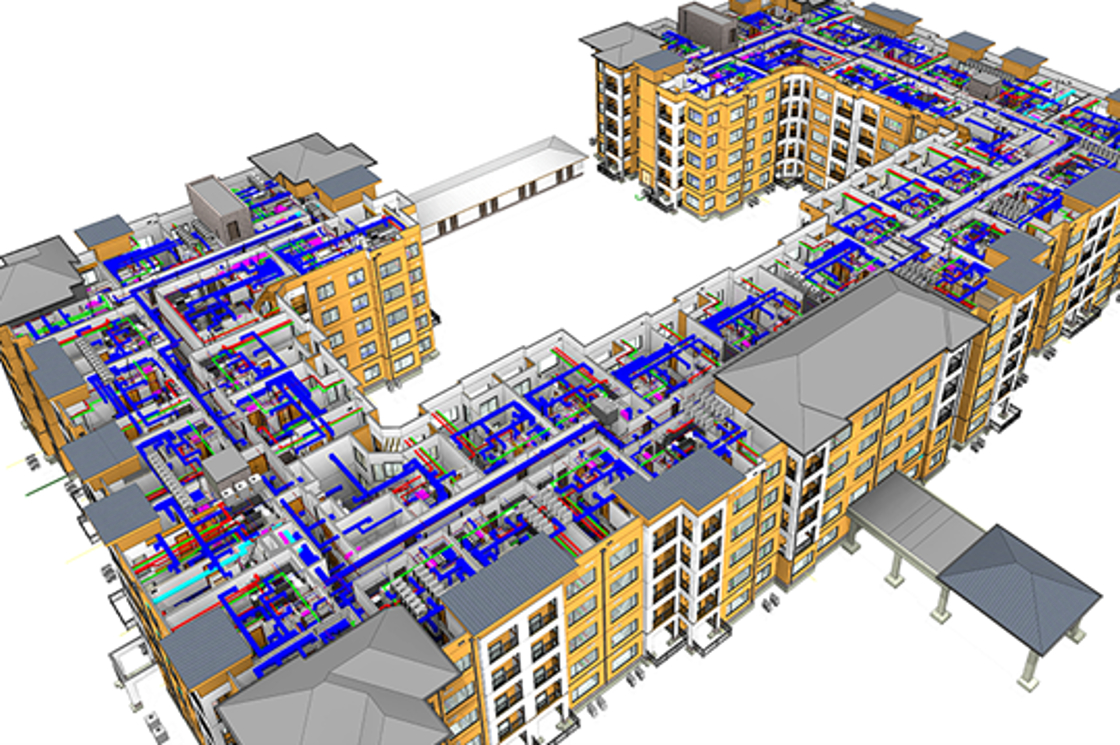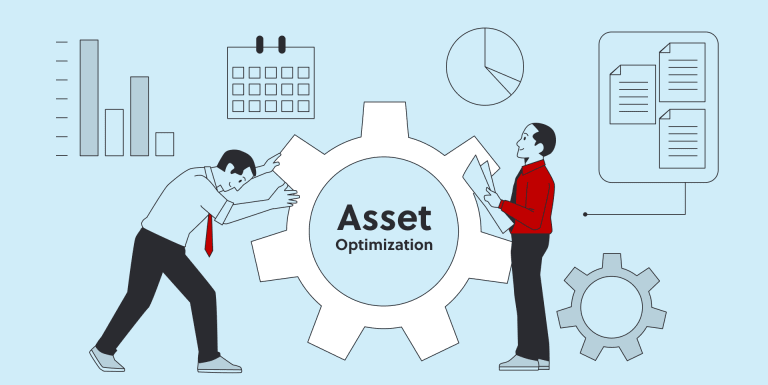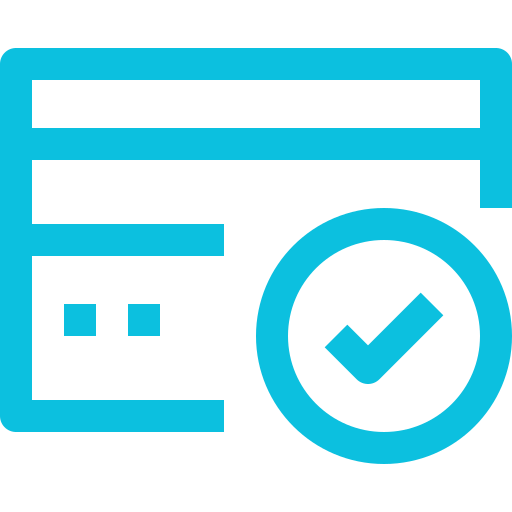Facility Management
Our team specializes in efficient facility management, ensuring all systems run smoothly and cost-effectively. By integrating advanced technologies and real-time data, we optimize operations, reduce maintenance costs, and enhance overall performance throughout your building’s lifecycle.

Facility Management
Our team excels in streamlining facility management by providing comprehensive solutions for maintenance, asset management, and operational efficiency. We utilize advanced tools to ensure your building runs at its best, minimizing downtime and maximizing longevity.




Building Information Modeling (BIM) has revolutionized the management of facilities by providing a centralized, data-rich resource for ongoing operations. After the construction phase, the detailed data stored within the BIM models can be leveraged by facility managers to optimize maintenance, monitor systems, and ensure smooth daily operations throughout the building's lifecycle. The model offers crucial insights into building systems such as HVAC, electrical, and plumbing, allowing for effective monitoring and swift issue resolution. With the inclusion of up-to-date as-built data, BIM aids in proactive facility management, helping to anticipate maintenance needs, track asset performance, and support renovation or retrofitting activities. Incorporating technologies like point cloud data further enhances the precision and comprehensiveness of the model, ensuring that every facet of the building is accurately represented and easily accessible for operational tasks.
Why Choose Tecverse
Tecverse stands out as a top provider of BIM solutions, offering a blend of innovation, strong industry partnerships, and a customer-centric approach that ensures the highest level of quality and efficiency in every project.
FAQs

BIM enhances facility management by providing a digital twin of the building that integrates asset information, maintenance schedules, and real-time monitoring. This enables better decision-making, more efficient operations, and helps extend the lifespan of the facility.

BIM helps streamline maintenance activities by providing accurate, up-to-date information about assets and systems. Facility managers can schedule preventive maintenance, monitor asset conditions, and track performance, which improves the efficiency and reduces unplanned downtime.

BIM supports sustainability by helping facility managers optimize energy usage, reduce waste, and track building performance. With BIM, they can monitor energy consumption, identify inefficiencies, and implement strategies to lower the environmental footprint of the building.

Integrating IoT with BIM enhances facility management by providing real-time data from sensors and devices embedded in building systems. This data helps monitor conditions like temperature, humidity, and occupancy, enabling predictive maintenance, improving comfort, and optimizing energy efficiency.

BIM provides facility managers with accurate, comprehensive data that improves decision-making. From maintenance scheduling to space planning, the model offers insights that help prioritize actions, reduce costs, and ensure the facility runs efficiently throughout its lifecycle.

Yes, BIM plays a crucial role in space management by allowing facility managers to visualize building layouts and track space utilization. This can help optimize the use of available space, plan for future expansions, and improve the allocation of resources.

Challenges in implementing BIM for facility management include the initial cost of implementation, the need for skilled personnel, and integrating BIM with existing facility management systems. However, the long-term benefits, including enhanced efficiency and reduced operational costs, make it a worthwhile investment.
.webp)
Innovate, Build, Deliver
Get in touch with us to discover how we can empower your team to harness cutting-edge construction technologies for quicker and more impactful outcomes.





